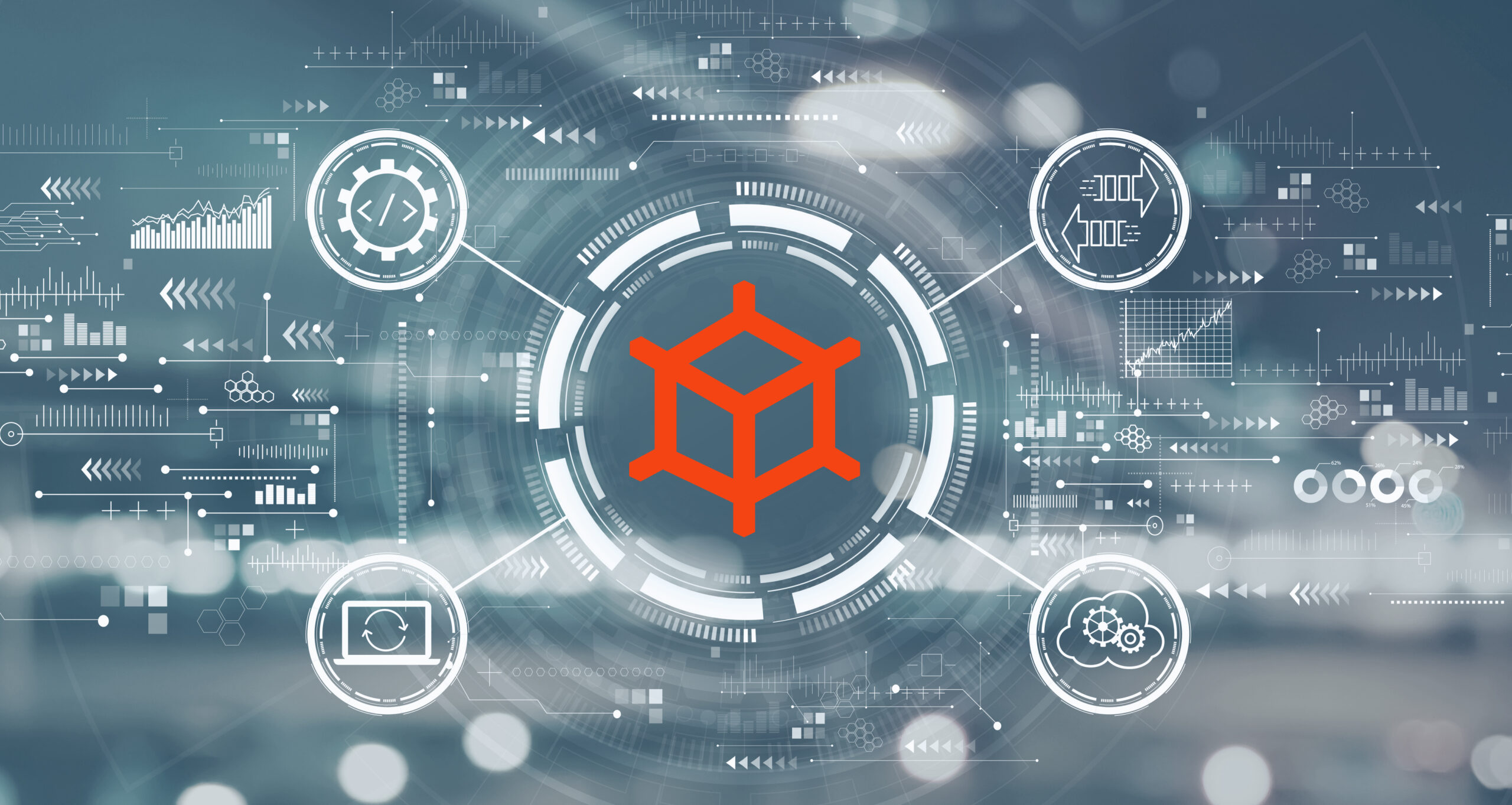Jitterbit Blog
Learn about expert tips and emerging trends related to iPaaS, data integration, low code development, and more.

5 Data Integration Patterns Every Enterprise Should Know

Low-Code, More Power: How AI is Opening Up App Development for All

Jitterbit iPaaS Ranks No. 1 for Enterprise Implementation in G2 Summer 2025 Reports

Top API Management Tools: Comparison Guide

7 Key Principles of API Design for 2025

The Future of Low-Code

Top Enterprise Low-Code App Development Platforms

Jitterbit iPaaS Named Visionary in 2025 Gartner Magic Quadrant for iPaaS

Next-Level Agent Observability: Native Monitoring in Harmony

Best Enterprise iPaaS Vendors in 2025

AI-Infused Enterprise App Development and APIM Transform Low-Code into No-Code
